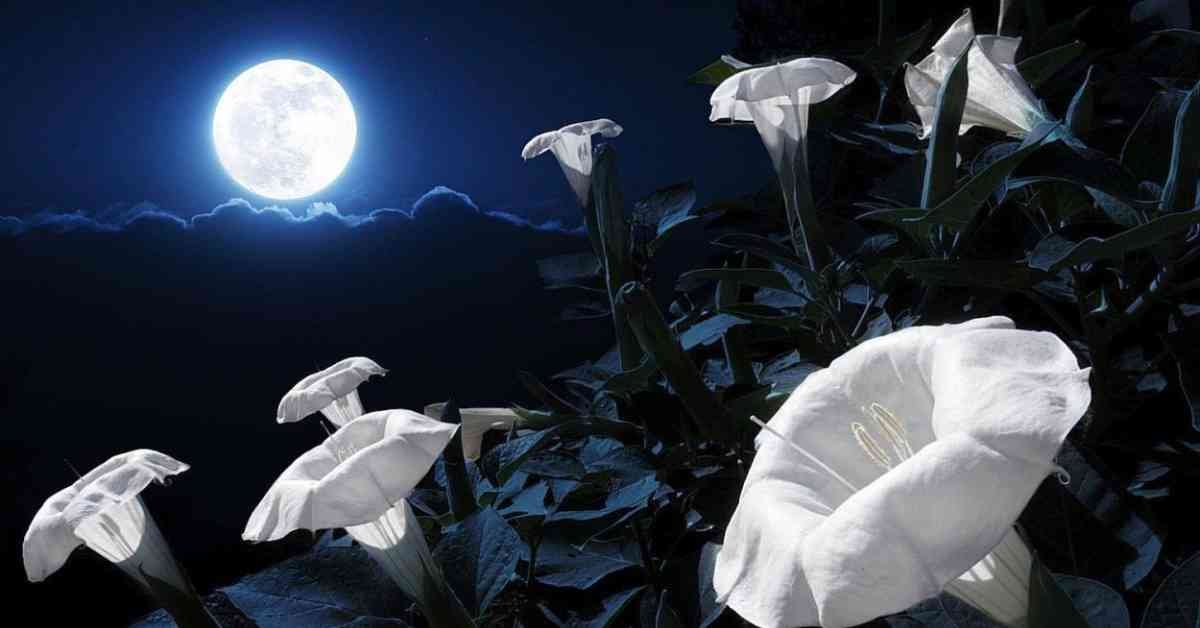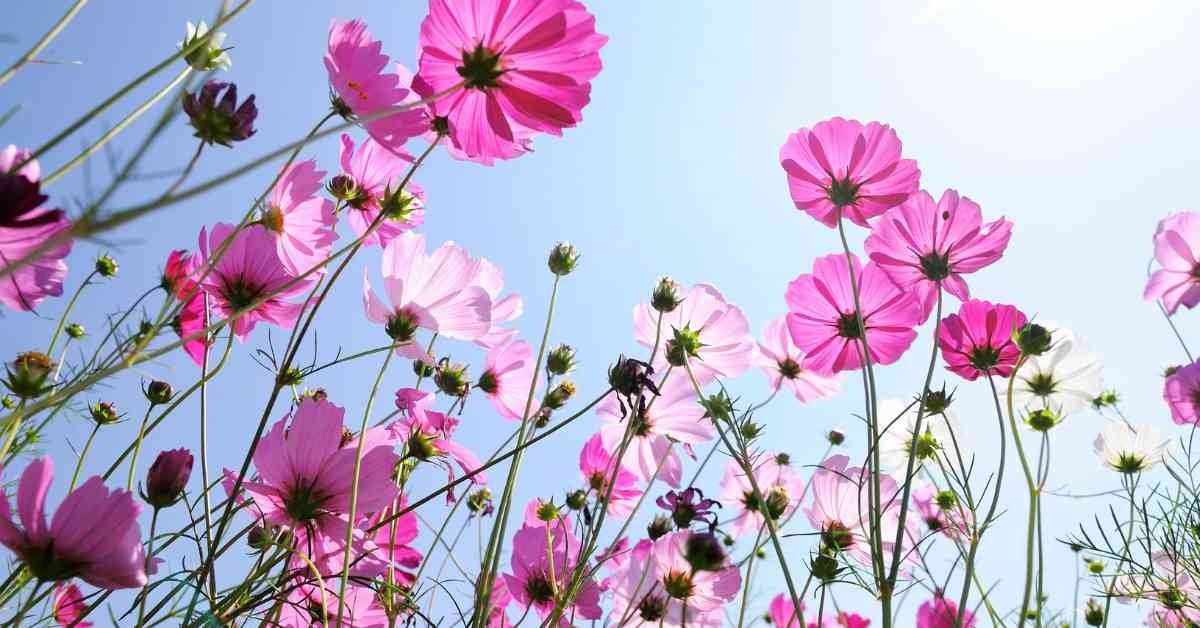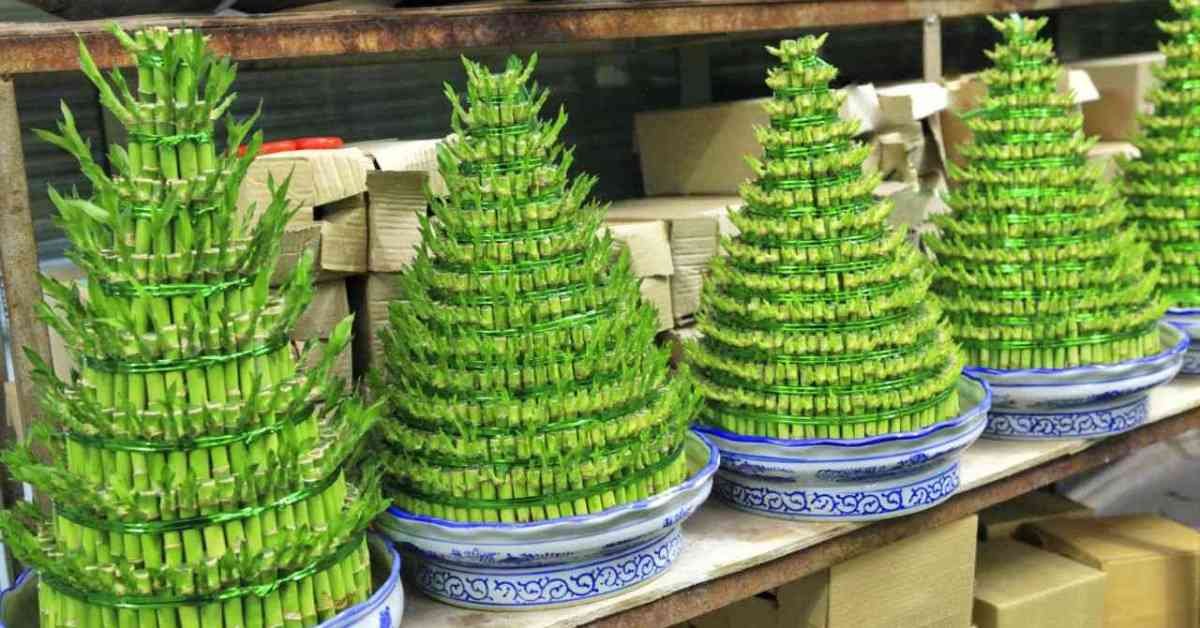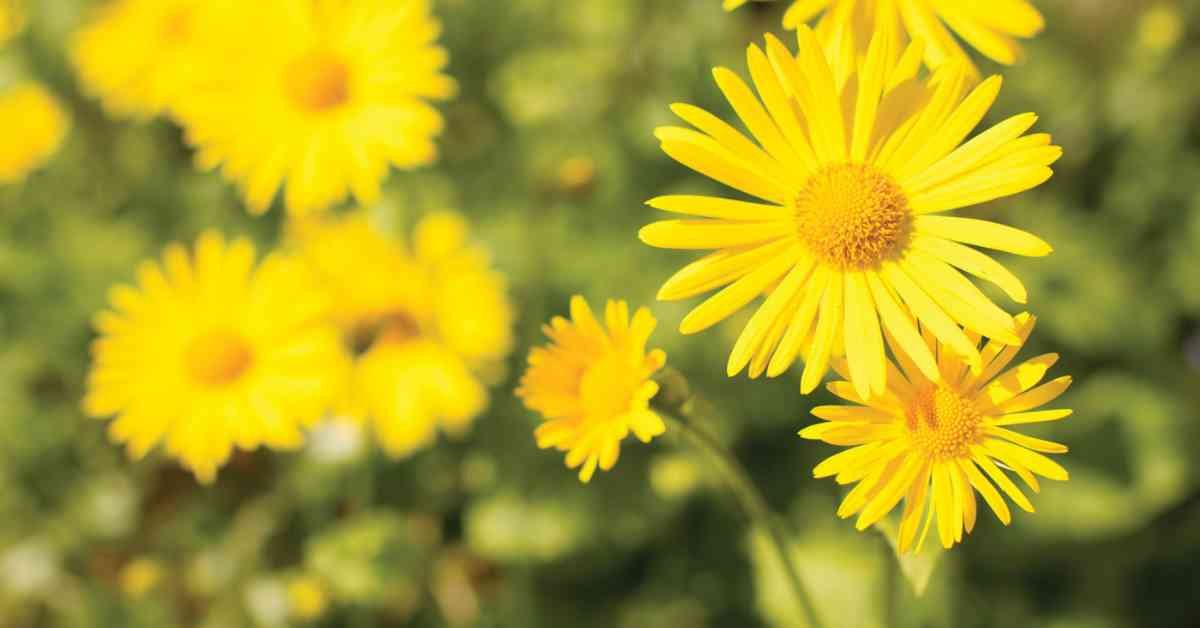Moon flower, also known as moonflower vines or Ipomoea alba, are enchanting nocturnal bloomers that captivate with their ethereal beauty and fascinating botanical characteristics. In this detailed guide, we explore everything you need to know about moon flowers, from their origins and botanical features to their cultivation, care tips, and cultural significance.
Introduction to Moon Flowers
Moon flowers belong to the genus Ipomoea within the Convolvulaceae family, which includes other familiar plants like morning glories. They are native to tropical and subtropical regions of the Americas, particularly found in Central and South America. These plants are renowned for their large, fragrant white flowers that open in the evening and stay open until the morning sun touches them, hence their name “moon flower.”
Botanical Features of Moon Flowers
- Appearance: Moon flowers are characterized by their trumpet-shaped blooms that can reach up to 6 inches in diameter. The petals are usually pure white, emitting a delicate fragrance that attracts nocturnal pollinators such as moths and bats.
- Foliage: The leaves of moon flowers are heart-shaped and can grow quite large, providing a lush backdrop to the dazzling white flowers. They are typically deep green and contribute to the plant’s overall aesthetic appeal.
- Growth Habit: Moon flower vines are vigorous climbers, capable of reaching heights of 10 to 15 feet or more under optimal conditions. They twine around supports and structures, creating a dense canopy of foliage and flowers.
Cultivation and Growing Conditions
- Climate Requirements: Moon flowers thrive in warm climates and are sensitive to frost. They prefer full sun exposure during the day to ensure robust growth and prolific flowering. In cooler climates, they can be grown as annuals or in containers that can be brought indoors during colder months.
- Soil Preferences: These vines prefer well-draining, fertile soil enriched with organic matter. A slightly acidic to neutral pH level (6.0-7.0) is ideal for healthy growth. Adequate moisture is essential, but they do not tolerate waterlogged conditions.
- Planting: Moon flowers can be started from seeds or propagated from cuttings. Seeds should be scarified (lightly scratched) and soaked overnight before planting to enhance germination. Plant them outdoors after the last frost date, spacing them about 6 to 12 inches apart.
- Support Structures: Provide sturdy supports such as trellises, fences, or arbors for moon flower vines to climb. Regularly guide the vines to encourage upward growth and prevent tangling.
Care and Maintenance Tips
- Watering: Keep the soil consistently moist but not waterlogged. Water deeply when the top inch of soil feels dry, especially during hot weather.
- Fertilization: Feed moon flowers with a balanced fertilizer once a month during the growing season to promote healthy foliage and abundant blooms. Avoid excessive nitrogen, which can stimulate foliage growth at the expense of flowering.
- Pruning: Trim back any dead or damaged foliage and spent flowers to encourage continuous blooming throughout the growing season. Prune selectively to maintain the desired shape and size of the plant.
- Pest and Disease Control: Monitor for pests such as aphids and spider mites, which can occasionally affect moon flowers. Use organic insecticides or insecticidal soap as needed. Ensure good air circulation around plants to prevent fungal diseases.
Blooming and Pollination
- Nocturnal Blooms: Moon flowers typically begin to open in the early evening, releasing a sweet fragrance that intensifies after sunset. The blooms remain open throughout the night, attracting pollinators that are active during nighttime hours.
- Pollination: Moon flowers rely on nocturnal pollinators such as sphinx moths and bats, which are attracted to the flowers’ strong fragrance and abundant nectar. These pollinators play a crucial role in fertilizing the blooms and ensuring seed production.
Cultural Significance and Symbolism
- Symbol of Beauty and Romance: In many cultures, moon flowers symbolize beauty, love, and romance. Their delicate, luminous blooms evoke a sense of mystery and enchantment, making them popular in moon gardens and evening landscapes.
- Medicinal and Ritual Uses: Historically, various parts of the moon flower plant have been used in traditional medicine for their sedative and anti-inflammatory properties. They have also been incorporated into rituals and ceremonies due to their association with the moon and nighttime.
Moon Flowers in Modern Landscaping
- Moon Gardens: Moon flowers are often featured in moon gardens, which are designed to be enjoyed in the evening and at night. These gardens include plants with white or light-colored blooms, silver foliage, and fragrant flowers that enhance the sensory experience after dark.
- Landscape Applications: Moon flowers can be used to cover unsightly structures, create living privacy screens, or add vertical interest to garden borders. Their rapid growth and prolific flowering make them a favorite among gardeners seeking to attract nighttime pollinators.
Conclusion
Moon flowers are not just plants; they are a testament to nature’s ability to enchant and inspire. With their stunning nocturnal blooms, fragrant flowers, and easy cultivation, they have earned a cherished place in gardens around the world. Whether you’re drawn to their beauty, their symbolism, or their ecological role as pollinator magnets, growing moon flowers can transform your garden into a magical oasis under the moonlit sky.
Incorporate these ethereal plants into your landscape and experience firsthand the allure of moon flowers as they unfurl their petals in the quiet serenity of the night.
By exploring the diverse facets of moon flowers—from their botanical anatomy to practical growing tips and cultural significance—we hope this guide has enriched your understanding and appreciation of these nocturnal wonders. Happy gardening!
This comprehensive guide provides a deep dive into the world of moon flowers, covering everything from their botanical features to practical tips on cultivation and their cultural significance. If you need further details or specific sections expanded, feel free to let me know!





